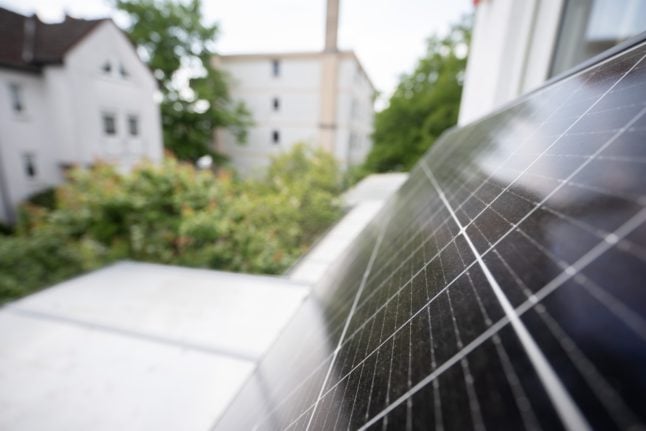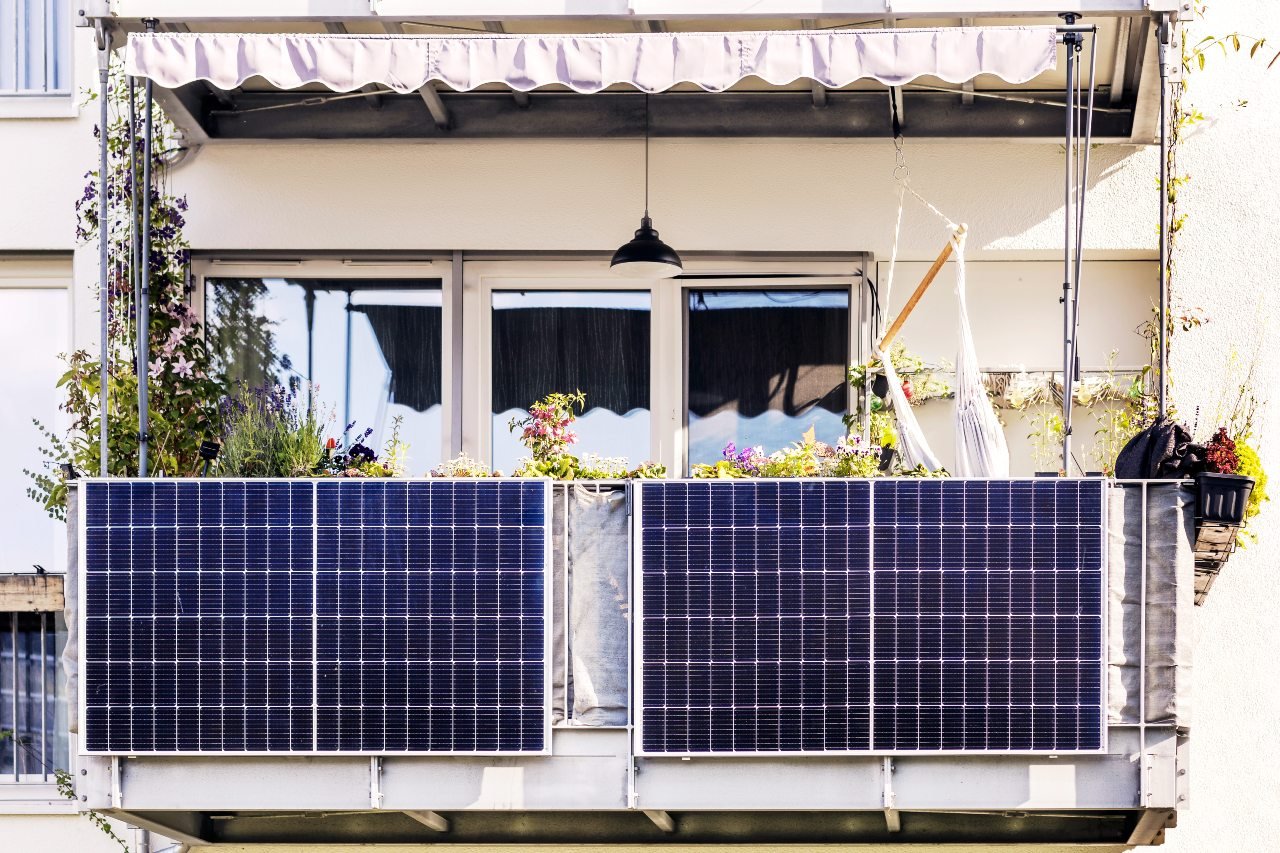Job centres reduced the citizen’s benefit (Bürgergeld) rate last year for 15,777 people who either rejected job offers or did not want to accept or continue work or training, Germany’s editorial network RND reported on Saturday, citing a report from the Federal Employment Agency (Bundesagentur für Arbeit).
Around 5.5 million people in Germany receive this benefit and some 3.9 million of these are considered employable. That means that the standard rate was reduced for around 0.4 percent of employable citizen’s benefit recipients.
In January, the German government gave the green light for tightening these benefits: job centres should be able to completely cancel Bürgergeld for unemployed people for a maximum of two months if those job seekers consistently refuse to take up work.
READ ALSO: How generous is Germany’s unemployment benefit system?
Since the German Employment Agency data dates back to December, these benefit cuts are based on the previous law. With the introduction of the new law, the standard rate will probably be reduced completely for fewer people.
“The limits are much narrower,” a spokesperson for the Federal Employment Agency told the RND.
The managing director of the German Parity Welfare Association Ulrich Schneider, criticised the “show politics” of the coalition government.
Speaking to the RND, he said that they wanted to play workers off against workers. “The figures show that there are almost no total objectors.”




 Please whitelist us to continue reading.
Please whitelist us to continue reading.
Member comments